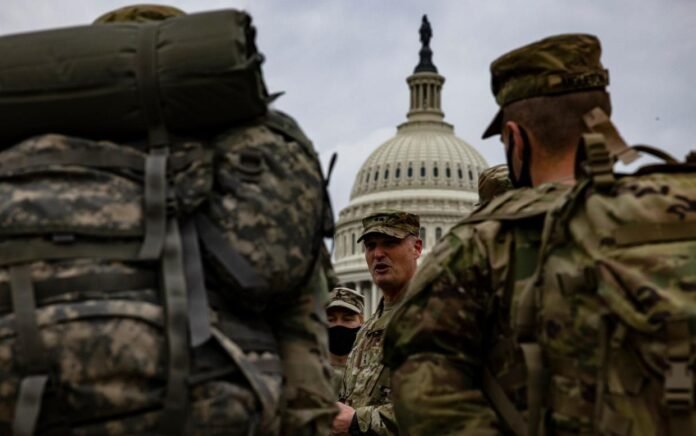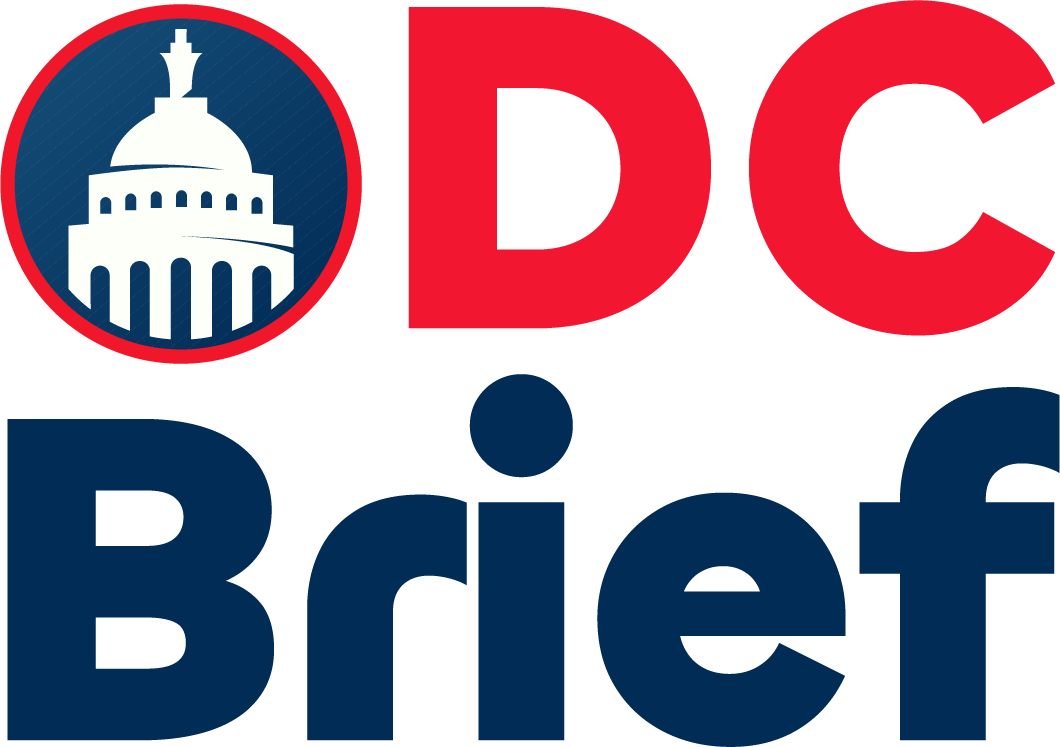U.S. military intervention in the ongoing Middle East conflict has triggered warnings from Iran-backed militant groups. Following a bold announcement by President Donald Trump, tensions in the region have quickly escalated. Late Saturday, Trump revealed that American forces struck Iranian nuclear sites. In response, concerns about U.S. troop safety surged.
By Sunday, Kataib Hezbollah, a powerful Iraqi militia, responded sharply. The group warned of direct retaliation against American forces if Washington continues to involve itself in the Israel-Iran conflict. Reuters reported that Abu Hussein al-Hamidawi, the group’s secretary-general, issued a statement.
“We are closely watching every American troop movement,” he said. “If U.S. military intervention occurs, we will attack U.S. interests and bases without delay.”
This warning has serious implications. American troops stationed throughout the Middle East could now face increased threats. Their geographical positioning places them within reach of Iran’s military capabilities.
U.S. Central Command (CENTCOM) operates from Al Udeid Air Base in Qatar. The facility is only 300 miles from Iran. This makes it highly vulnerable to potential strikes. Other key installations in Kuwait also lie within a short distance of Iran’s southern border.
Al-Asad Air Base in Iraq and the Naval Support Activity in Bahrain are both critical. Bahrain, positioned just across the Persian Gulf, is especially exposed. Meanwhile, Diego Garcia, an island in the Indian Ocean, serves as a vital U.S.-U.K. base. Though 2,300 miles away, it remains crucial for regional operations.
Iran has made its stance unmistakably clear. Officials have repeatedly threatened consequences if the U.S. escalates its role. Tehran’s past responses give weight to these threats. In 2020, Iran launched strikes on American bases following the assassination of its top general by U.S. forces.
Iran’s Supreme Leader Ayatollah Ali Khamenei echoed those sentiments on Wednesday. According to Iranian state media, he warned, “Any U.S. military intervention will cause irreparable damage.”
In light of these developments, the Pentagon has strengthened its military presence. The aircraft carrier Nimitz has joined the Carl Vinson in the region. These moves underscore Washington’s awareness of the risks, but they also heighten regional tensions.
With the situation still unfolding, all eyes remain on Washington’s next move. In this volatile climate, any decision involving U.S. military intervention could spark a much broader conflict.
For more political updates visit DC Brief.


